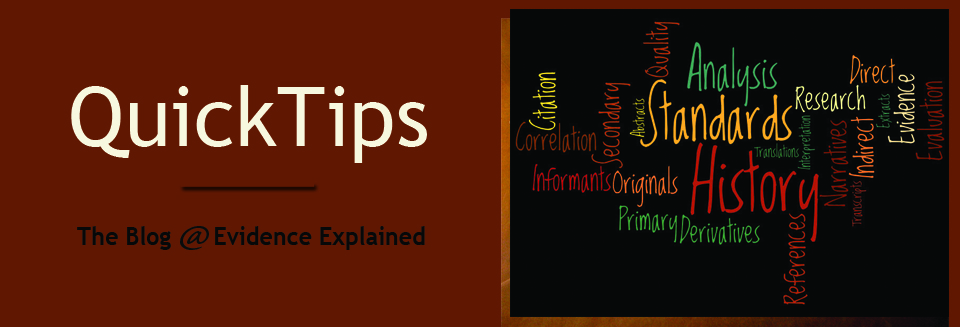Analyzing Census Anomalies—and Why We Should
The 1840 census of Marion County, Alabama, presents a situation I had never seen before. I had visited that census in search of one Benjamin Foster. I found on him p. 59 (reverse), line 1, with a white family of 10 and 25 enslaved people assigned to his household. Curiously, in 1850, he is enumerated again in Marion County, at which time is property valuation was set at $300. Hmhh. What happened in that decade to the Benjamin Foster family? ...
- Read more about Analyzing Census Anomalies—and Why We Should
- 2 comments
- Log in or register to post comments
- 1262 views
